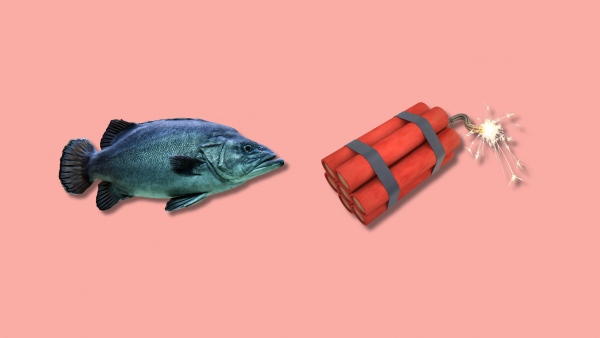By Ruth Wairimu John as part of the NEPSUS Series
Since the inscription of the Selous Game Reserve into the UNESCO register of World Heritage in Danger in 2014 and increased anti-poaching measures, the number of elephants in nearby villages has drastically increased. Sadly, this success for wildlife conservation does not come without consequences for the local population. An increasing amount of wildlife also means that more elephants damage crops and disturb free movement in villages adjacent to the reserve. During our field research, we visited Ngarambi-Lienga, one of the villages affected.
Ngarambi-Lienga village is historically linked to the Majimaji war in Tanzania where the ritual leader Kinjekitile Ngwale lived. The Majimaji rebellion against German colonial rule took place from 1905 to 1907. During the war, Kinjekitile Ngwale, an important leader of the rebellion, extracted water from a spring near Matumbi and Ngarambi hills and mixed it with traditional medicine. Kinjekitile then gave the medicinal water to his followers so they would be protected from German bullets. Yet, German troops killed many of Kinjekitile fighters and were able to win the war. As a consequence of the rebellion, Kinjekitile was hanged by German colonizers in 1905. Today, the original spring where Kinjekitile prepared the mixture is still accessible and visited. The memory of Kinjekitile is appreciated by the people of Ngarambi.
Water remains a sensitive issue in Ngarambi-Lienga. For the past three years (2016 to 2018), villagers have been competing with elephants for water resources from Ngarambi River. Furthermore, they also compete for staple food supply such as maize, sorghum and vegetables. As the village does not have any piped water or taps, villagers have to fetch water from a stream. During the rainy season, water supply can easily meet domestic needs in the valley. However, in the dry season the stream lacks water on the surface. Consequently, villagers have to dig one-meter holes down in the sand to get water from the base.
Elephants approach the waterholes during the night and drink from them. Due to their weight, the holes tend to collapse and elephants bury the wells with sand. This has become a daily pattern, where villagers prepare holes in the morning and elephants destroy them at night. The photo below shows elephants’ footprints near to one of the wells.

When villagers report water shortages to the responsible authority, they are usually told to wait for the problem to be resolved. Unfortunately, there is no solution in sight and villagers seem to wait endlessly. In the meantime, they are sharing water with elephants. This is a risk, as elephants urinate and leave their dung near to the freshwater source, endangering the water quality. Apart from all human-elephant conflicts over water, the villagers for example tried to rescue a baby elephant from the well at the village. They have no other option than learning how to live with elephants in the village, as shown in the photo below.

The government arrangements over wildlife in this area are lacking or insufficient to enable villagers to live under acceptable conditions while sharing their land with increasing populations of wildlife.

While conservation efforts are important, they have to be accompanied by measures that make it possible for people to co-exist with wildlife in ways that maintain or improve their livelihoods, such as the provision of piped water and initiatives to facilitate alternative livelihood activities.



















